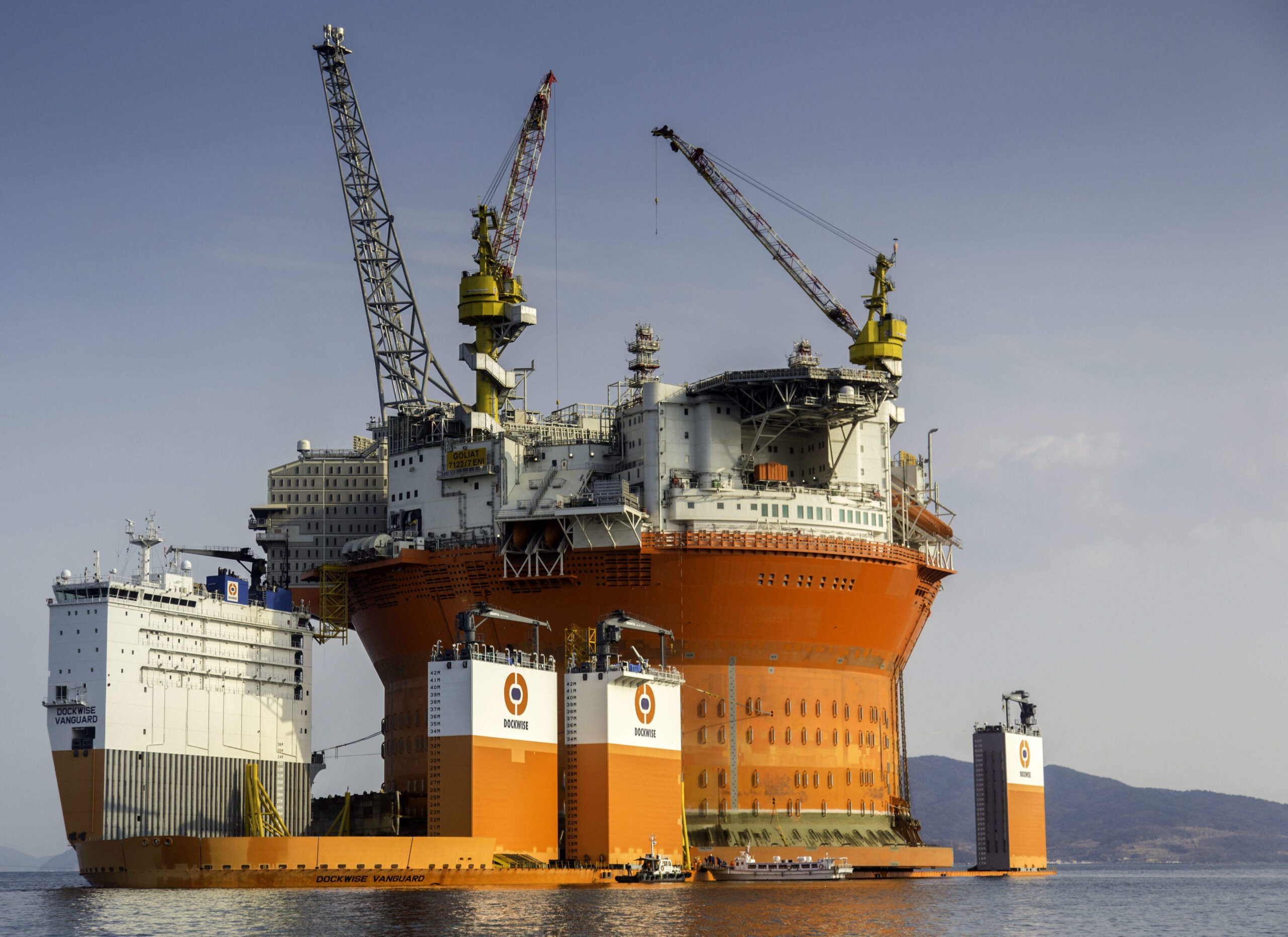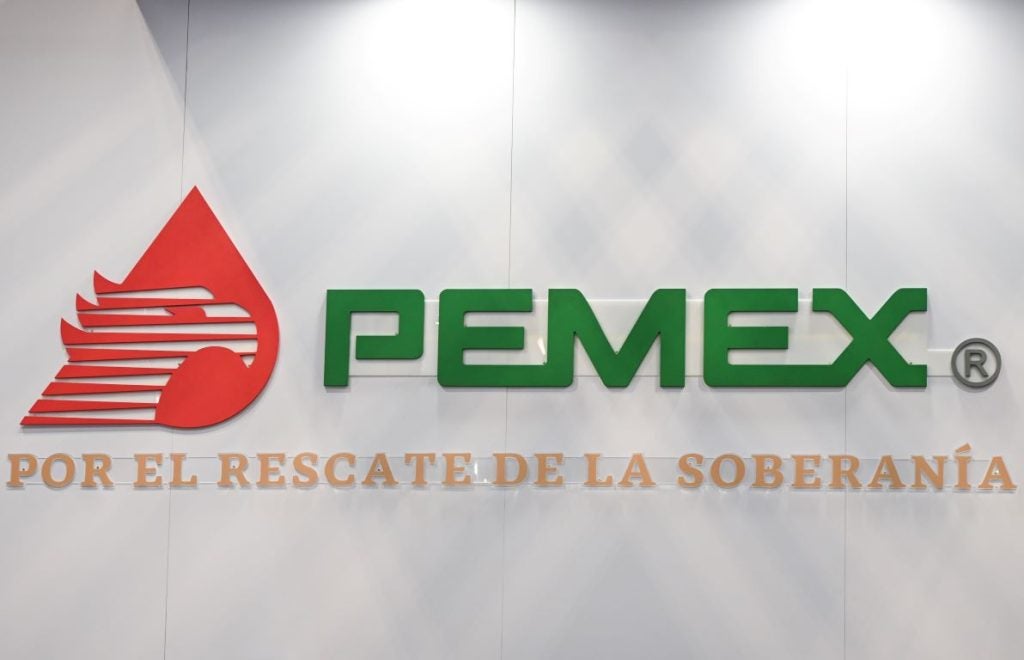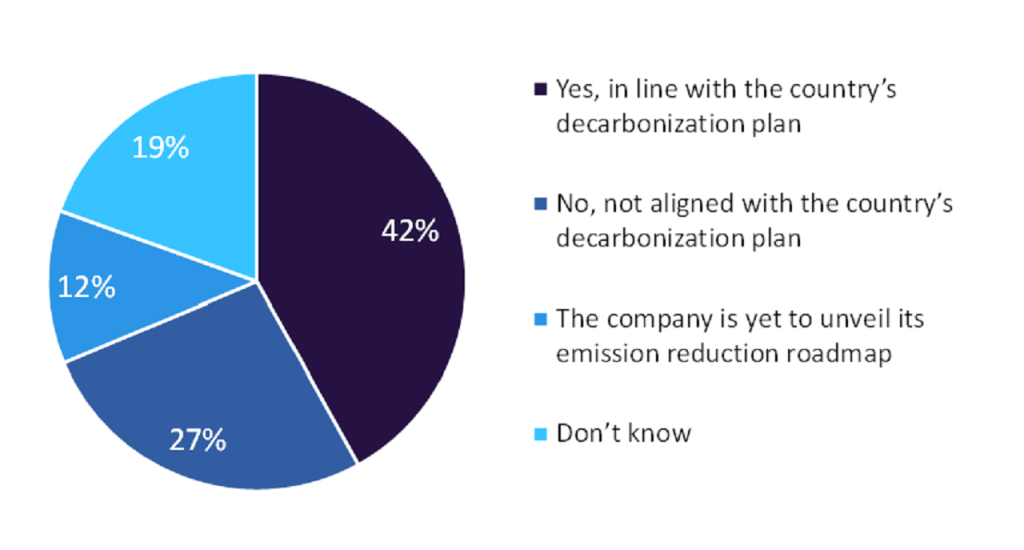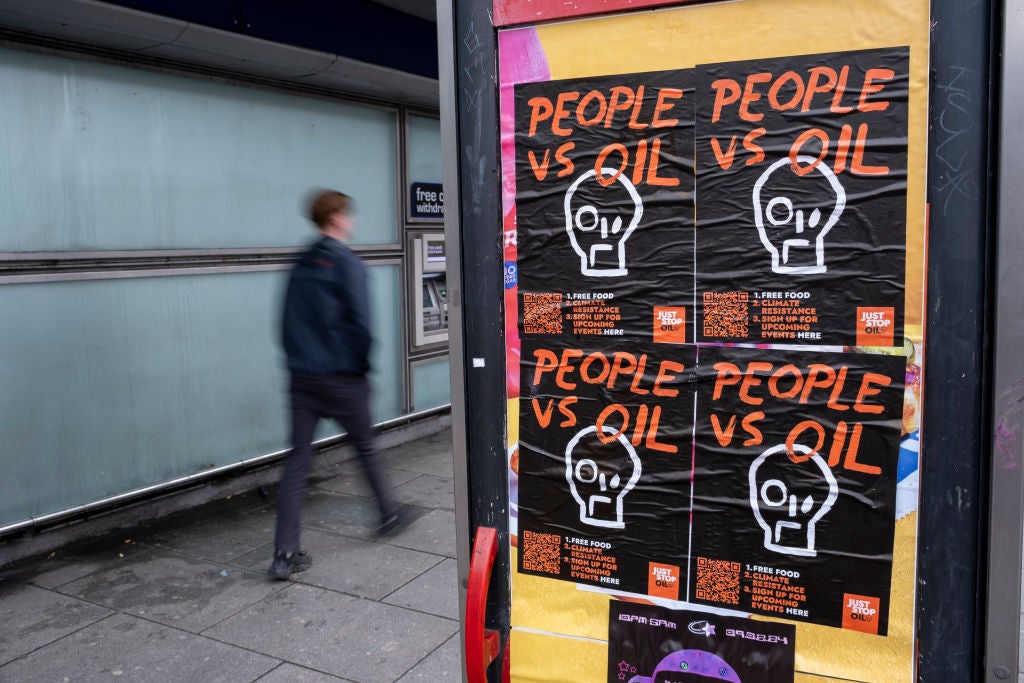

The most northerly offshore field in the world, Goliat, is located in the Barents Sea approximately 85km north-west of Hammerfest in Norway. When it comes online, it is set to process up to 100,000 barrels of oil a day and store nearly a million barrels of oil, which will be transported by tankers. However, its journey towards completion has been rather rocky.
The discovery of oil and gas in the sea came when the first exploration well was found in 2000. The licence is owned by Eni Norge and Statoil Petroleum which have a 65% and 35% stake respectively. There are an estimated 179 barrels of recoverable oil reserves and eight billion sm3 of gas that can be sourced from the area, giving reason enough to build the rig in such hostile surroundings.
Where the journey began
Goliat’s story started in 2008 and output from the field was expected for 2012; however, this soon changed when Eni announced that production wouldn’t start until a year later. The company couldn’t begin necessary purchases in time for the planned start-up due to barriers put up by the Norwegian Government.
"The main reason is we can’t get pre-investment commitments until the plan for development and operation is approved by the Norwegian parliament," Eni said at the time.
See Also:
Over the next year, the operation gained approval from the government, and contracts for subsea production systems flow lines were awarded to Aker Subsea and Technip. In 2010, the floating production, storage, and offloading (FPSO) contract was given to Hyundai Heavy Industries which has a yard in South Korea.
How well do you really know your competitors?
Access the most comprehensive Company Profiles on the market, powered by GlobalData. Save hours of research. Gain competitive edge.

Thank you!
Your download email will arrive shortly
Not ready to buy yet? Download a free sample
We are confident about the unique quality of our Company Profiles. However, we want you to make the most beneficial decision for your business, so we offer a free sample that you can download by submitting the below form
By GlobalDataWhile the development had planned to be extracting oil in 2013, further delays were announced in May 2014. This was following technical challenges and significant cost overruns. It is now expected to cost over double the original estimate of $3.5bn in the operator’s development plan from 2009 at $7.6bn. After this, Goliat was set to start producing in the fourth quarter of 2014, but much work still remained to finish the rig at the Hyundai Heavy Industries Yard in South Korea. Insufficient communication seemed to be a running theme between Eni and Hyundai pushing back Goliat’s development.
2014 came and went, and in 2015 Eni announced that several components to the processing plant were not properly dimensioned, and the project had been affected by the poor communication between Eni and Hyundai.
Harsh arctic environments
Goliat is the first oil field to come on stream in the Barents Sea, and its location brings its own challenges. Its tow alone took around 15 hours to get from Ersvika to the field site.
The weather conditions are similar to that in the North Sea, but with the added probable danger of icing from sea spray in the cold. There are also strong, cold winds from the south and in the winter, darkness and -30°C temperatures make working on the rig tough to endure. Sudden storms and hurricanes are also a possibility due to occasional deep troughs of low pressure.
The further north you go, the longer and harsher winter becomes. Equipment can break more often and in unpredictable ways, and repairs and maintenance can be a lengthier process. This means that when Goliat was built, it was important for to be up for the job.
The majority of systems on Goliat are tailor-made and adapted so they can still operate in harsh weathers, particularly freezing conditions.
"We have employed the most respected technical centres in Norway who have provided us with a solid foundation on which to calculate the weather extremes that have to be taken into account," says Eni head of safety and emergency preparedness Ole Rekdal.
Goliat is constructed in such a way that rain, snow, and ice will drain and slide down walls and roofs, to ensure the platform can cope with the level of ice that forms. There are also under-floor heating cables in exposed areas to prevent the build-up of very thick ice.
"All equipment in the auxiliary equipment room is built-in, and we have installed extra lighting to compensate for the long periods of winter darkness" adds Rekdal. "There is no doubt that Goliat is well-equipped for the Barents Sea."
Swiss automation company ABB announced in December that it commissioned a subsea power link to supply clean power from the grid to Goliat. The cable hangs between the platform and the seabed and can withstand substantial mechanical stress from currents, waves and high levels of hydrostatic pressure in the reservoirs, which present challenges in connection with production.
As well as showing that Goliat is still worth investing in, the ABB power cable system supplies around 50% of the platform’s electricity needs from the shore. This could lead to halving the carbon dioxide emissions due to reduced fossil fuel burning in the gas turbines.
"Reliable shore supplied power from the mainland grid will help to reduce the Goliat platform’s environmental impact, and ensure a safe and efficient operation," says Patrick Fragman, managing director of ABB’s Grid Systems business.
Environmental agency barriers
Eni faced further production hold-ups recently from Norwegian authorities; Norway’s Petroleum Safety Authority (PSA) and the Norwegian Environment Agency.
"There is still some work left to do at Goliat," Petroleum Safety Authority spokeswoman Eileen O’Connell Brundtland said in September. "As long as that remains unfinished, the authority will not give its consent, which is required to start operations."
The PSA delayed production at Goliat in November when it announced it had found deficiencies in electrical system safety, particularly with regard to ignition sources, and, in December, it said the problems hadn’t been resolved to its satisfaction.
In December, permission to begin production was finally granted by the PSA, provided the Environment Agency gave its approval in a final review of the project’s construction.
"The consent is granted on the basis of documentation submitted in connection with the application, and explanations provided during the case processing…Eni describes a number of activities remaining before the facility can be put into use and after production has started," the PSA said in its announcement.
The date is dependent on construction progress at the facility, and has not yet been announced, but local press has predicted that production will probably start in February at the earliest and the decision is subject to public review.
In return for approval, The Environment Agency requires Eni to detect any spills at Goliat within three hours of occurrence, regardless of when they happen,, and three separate barriers must be set-up to limit spreading, in the event of a spill, both at the platform, in the fjords and coastal waters, and for the shorelines.
The agency also said the schedules of vessels and barges would need to be adapted for cold temperatures, which Eni has demonstrated through the various adaptations to the rig so it can cope with the Barents Sea environment.
Falling into place
In its latest announcement, Eni stated its intention to start production in January, so February wouldn’t be too far behind schedule. With necessary approvals in place and Goliat towed to the field and prepared for production, 2016 could be the year that Goliat finally starts producing oil and gas.
The PSA gave new conditions with its latest approval this month. The green light for Goliat has been given on the basis of documentation submitted in connection with the application by Eni, which describes the various activities remaining before the facility can be put into use. Supporting this description, Statoil said it is planning verification in order to assess whether Goliat is ready to begin production.
Consent has been granted provided that activities outlined by Eni are completed for both pre and post-production. It also requires that Statoil’s verifications are performed and followed up in the production licence, and that the authority receives a final decision from Statoil. Before putting Goliat into operation, Eni has to provide the PSA with final written confirmation that the facility is ready for start-up.
Eni is 52% over its original estimates for Goliat and the break-even crude price that will have to be charged is well above the current sub-$30 trading for Brent, so the company may have a struggle on its hands to make the field economically viable. However, with plans finally back on track, the sturdy development may prove to be worth the time and effort.






